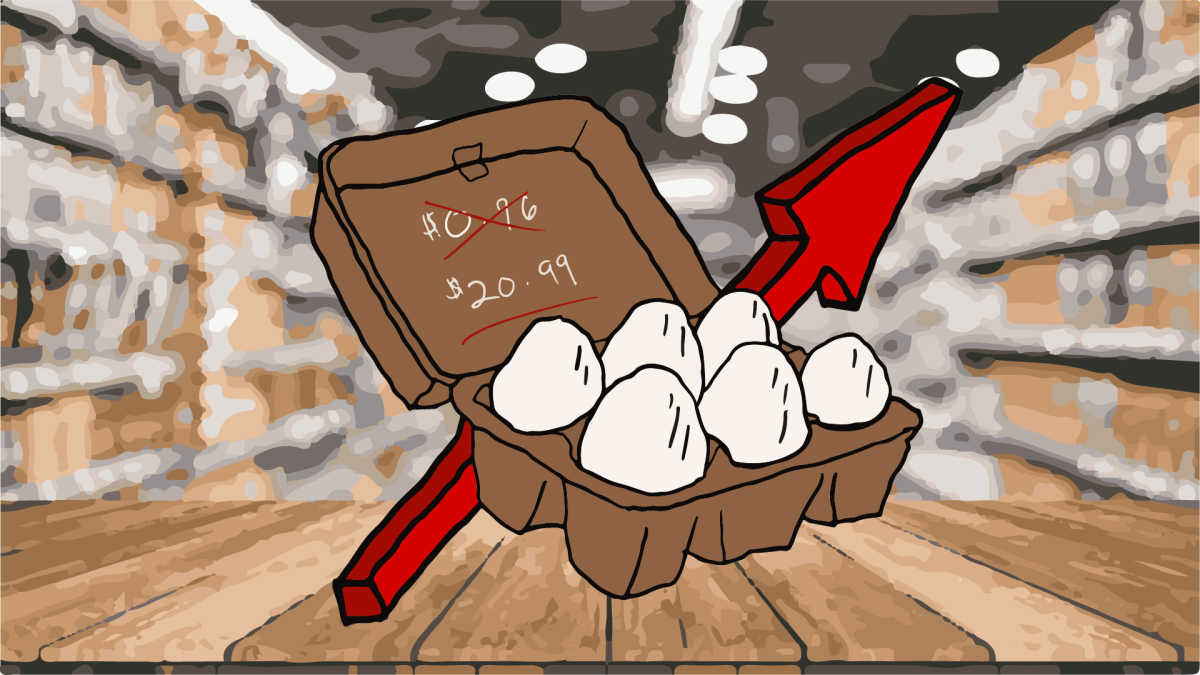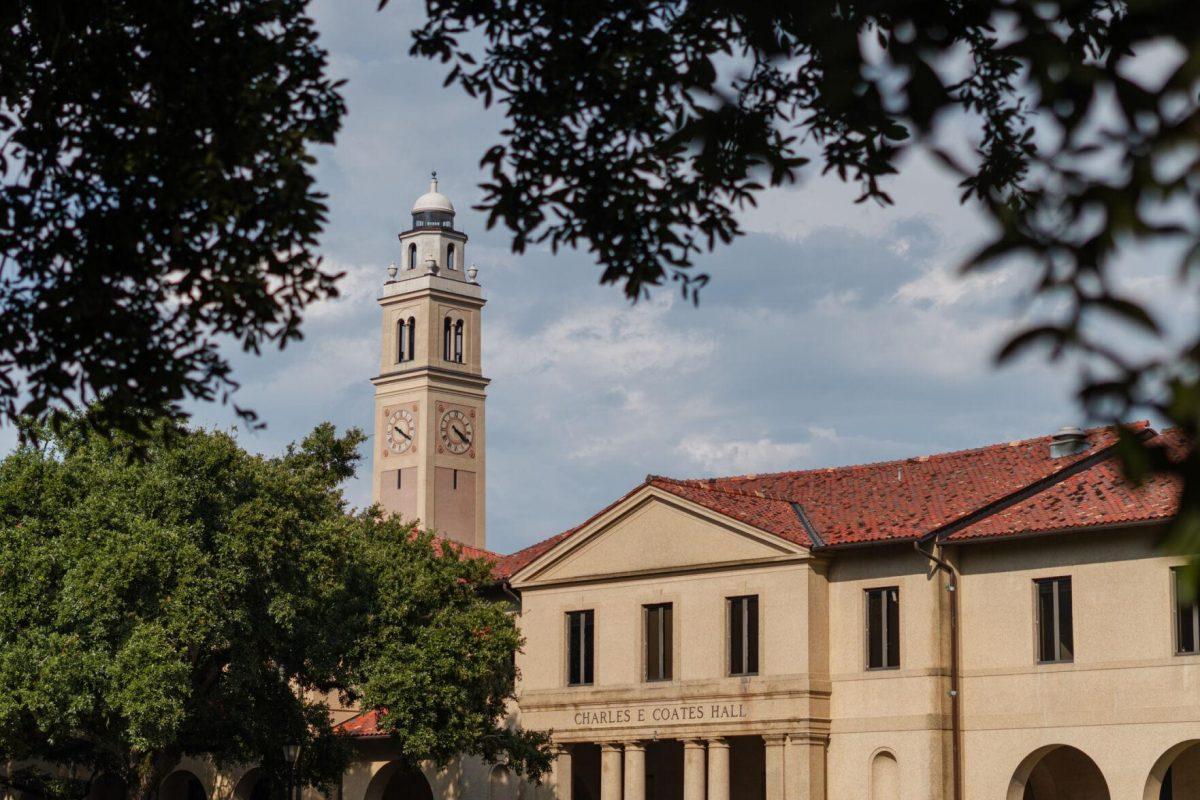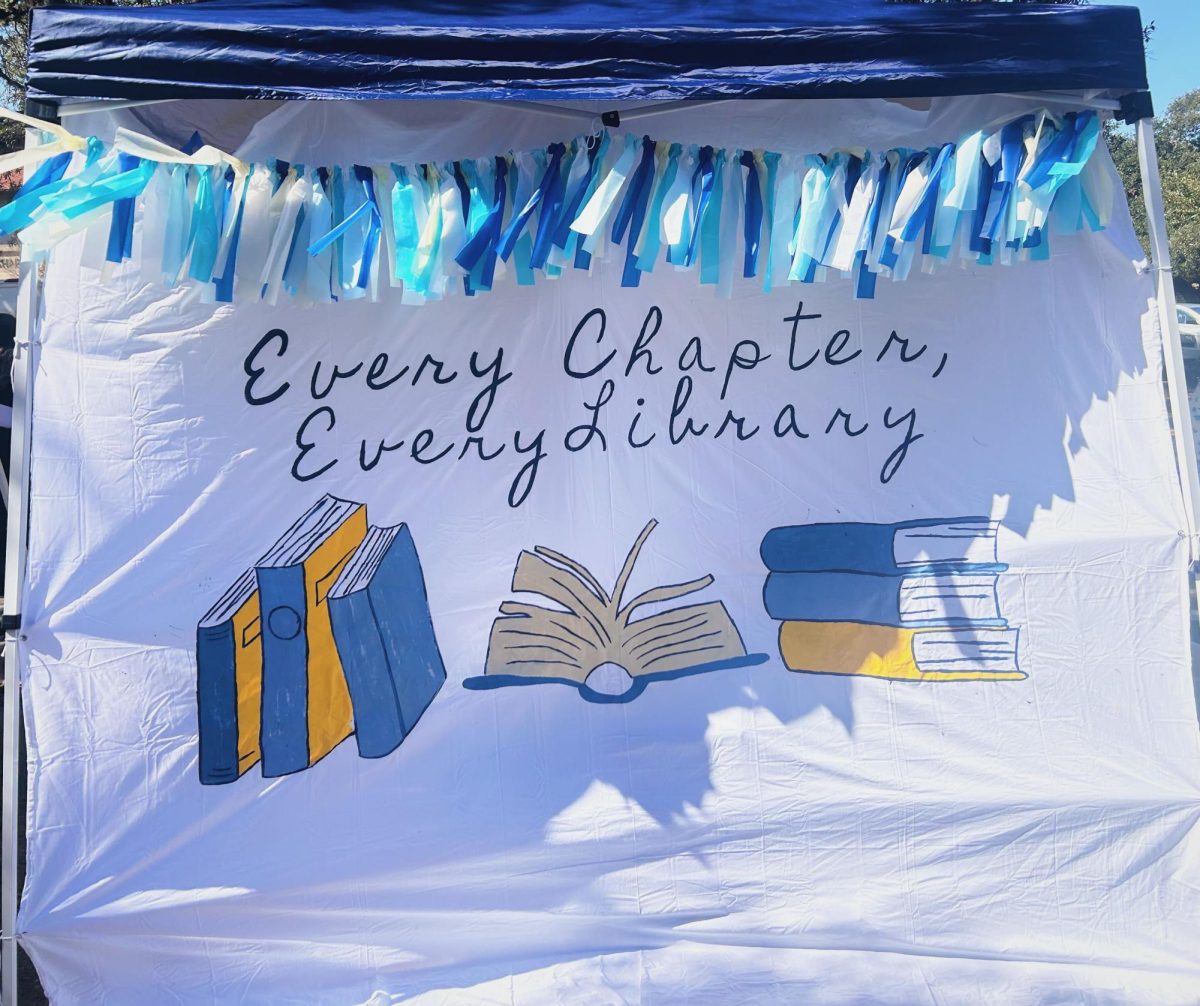Even on a quiet Memorial Day weekend, the Raleigh Contemporary Art Museum – or CAM – which opened about a month ago, kept its doors open Memorial Day weekend and offered locals a look at its two opening exhibitions. As an added bonus, admission is always free for N.C. State students and faculty.
Dan Steinhilber, a Washington, D.C.-based established artist, as well as an emerging artist, Naoko Ito, have exhibitions on display for the rest of the summer. Elysia Borowy, the new executive director of CAM Raleigh, said the emerging artist series is aimed at inspiring new art students.
“Part of our mission and exhibition schedule is to feature three emerging artists a year,” Borowy said. “We can give artists their first shows, help them with their resources and spread their name and art to the public, which will hopefully inspire others.”
CAM Raleigh also provided a few N.C. State students with opportunities to work at the museum as interns this spring.
Rocio Lluch, a fifth-year architecture student and education intern, said her time there greatly expanded her knowledge of contemporary art museums and exhibitions, as well as her interest in building a strong foundation for youth in design and the arts.
“I think it’s very important for younger kids to learn about design and museums,” Lluch said. “I gained a lot of knowledge and experience working during CAM’s grand opening. I also enjoyed working on projects that kids of all ages could enjoy, as well as unique projects from the current exhibitions for the community.”
On her blog on CAM Raleigh’s website, Lluch explains how she worked with CAM’s partnership with New Sense Studios in a program which “offered the youth in our community an opportunity to experiment with their artistic abilities, to express themselves through design and art, and to create meaningful connections with our community.”
The opportunities provided to students like Lluch underscore CAM’s outreach efforts to locals interested in art and design. Bowory said she encourages anyone interested to check out the new exhibitions.
Steinhilber’s exhibition, entitled “Hang on, Loosely,” incorporates themes of production, preservation and consumption, according to Kate Shafer, Gallery and Exhibitions manager.
These themes are very much present in one of the most eye-grabbing installations on display. Located in the main gallery, the sculpture features an inflatable mass of greenhouse plastic that rises to the ceiling. Generators keep the structure upright and filled with air, and a converted refrigerator serves as the front door.
Inside the white blob are wrinkled walls and floors covered in a rainbow of confetti and torn grocery bags, which were melted on with various devices, such as makeshift “griddle shoes.”
Hanging along the walls next to the inflatable sculpture are installations that incorporate elements of the building’s prior function as a cold storage produce warehouse.
Steinhilber used shipping pallets tightly bound together with what looks like colored plastic wrap and other materials “typically relegated as byproducts of industry, such as stretch film, cardboard boxes and shopping carts, all of which were manufactured to contain and organize commodities,” according to a press release.
Ito’s series, “Urban Nature,” incorporated common materials such as jars and wire to make the works accessible to everyone. The exhibition includes a large moss-like structure made of painstakingly-knotted wire, which took her six months to complete, and a segmented tree branch with each of its sections preserved in stacked jars, which keep the branch’s original shape.
Borowy said the free admission for NCSU students and faculty will increase accessibility and enjoyment of these exhibitions. In addition, special programming each first and third Friday of the month should encourage attendance and potentially inspire young artists and design students.
“I hope students make the trip over here,” Borowy said. “You’re around like-minded people, and it’s very social. It can be a great source of inspiration and can make you think differently. It’s a great place to spend a Friday night.”
While there currently aren’t any plans to directly feature students’ work — unlike galleries like the Fish Market — Borowy said the museum is fairly new, and the staff is still discussing potential programs for the future.






